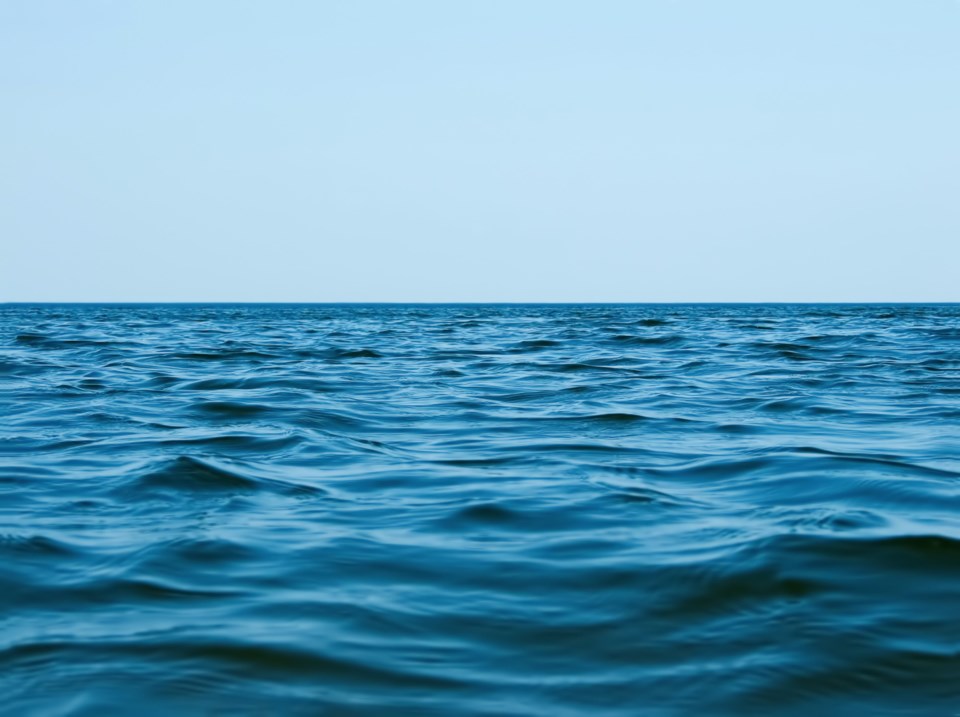NEWS RELEASE
INTERNATIONAL LAKE SUPERIOR BOARD OF CONTROL
**************************
The Board expects the total St. Marys River flow in January to be 1,790 m3/s (63,200 cfs), as prescribed by Regulation Plan 2012. Actual hour-to-hour and day-to-day flows may vary depending on hydrologic conditions, as well as variations in flow from the hydropower plants.
The gate setting of the Compensating Works will be maintained at the typical winter gate setting (Gate #1 and Gates #7 through #10 open 20 cm each) equivalent to approximately one-half gate open. Therefore, the average St. Marys Rapids flow in January is expected to be approximately 87 m3/s (3,100 cfs). Gate #1 will remain at its typical setting which supplies a flow of about 15 m3/s (500 cfs) to the channel north of the Fishery Remedial Dike.
Note, the Poe Lock will close for the season on Jan. 15, 2025.
Water level changes over the month of December
Water supply conditions were wetter than average in the Lake Superior basin and were near average in the Lake Michigan-Huron basin in December.
- Lake Superior declined by 7 cm (2.8 in) last month while the seasonal long-term average pattern is for Lake Superior to decline by 8 cm (3.1 in) in December.
- Lake Michigan-Huron declined by 6 cm (2.4 in) last month, while the seasonal long-term average pattern is for Lake Michigan-Huron to decline by 5 cm (2.0 in) in December.
Water levels as of the beginning of January
- At the beginning of January, the lake-wide average water level of Lake Superior was 15 cm (5.9 in) below the seasonal long-term average (1918-2023) and 14 cm (5.5 in) below the level of a year ago.
- At the beginning of January, the lake-wide average water level of Lake Michigan-Huron was 11 cm (4.3 in) below the seasonal long-term average (1918-2023) and 22 cm (8.7 in) below the level of a year ago

Forecast outlook
Water level changes based on water supplies over the month of January.
- If weather and water supply conditions are near average, Lake Superior may decline by approximately 7 cm (2.8 in.) and Lake Michigan-Huron may decline by approximately 3 cm (1.2 in).
- If conditions are much wetter than average, Lake Superior may decline by approximately 3 cm (1.2 in) and Lake Michigan-Huron may rise by approximately 3 cm (1.2 in).
- If conditions are much drier than average, the water level of Lake Superior may drop by as much as 10 cm (3.9 in), and Lake Michigan-Huron may decrease by as much as 8 cm (3.1 in).
**************************
